Grow Dill Indoors? Absolutely! Imagine having fresh, fragrant dill readily available, even when the snow is falling outside. No more sad, wilted bunches from the grocery store – just vibrant, flavorful dill whenever you need it. For centuries, dill has been a staple in cuisines around the world, from Scandinavian gravlax to Mediterranean dips. Its delicate, feathery leaves add a unique zest that’s simply irreplaceable.
But let’s face it, not everyone has the space or the climate for a sprawling outdoor herb garden. That’s where the magic of indoor gardening comes in! I’m here to show you how incredibly easy it is to grow dill indoors, regardless of your experience level. This isn’t just about having fresh herbs; it’s about connecting with nature, nurturing something beautiful, and enjoying the satisfaction of growing your own food. Plus, it’s a fantastic way to add a touch of green to your home and boost your culinary creations. So, grab your pots and soil, and let’s get started on this exciting journey to fresh, homegrown dill!
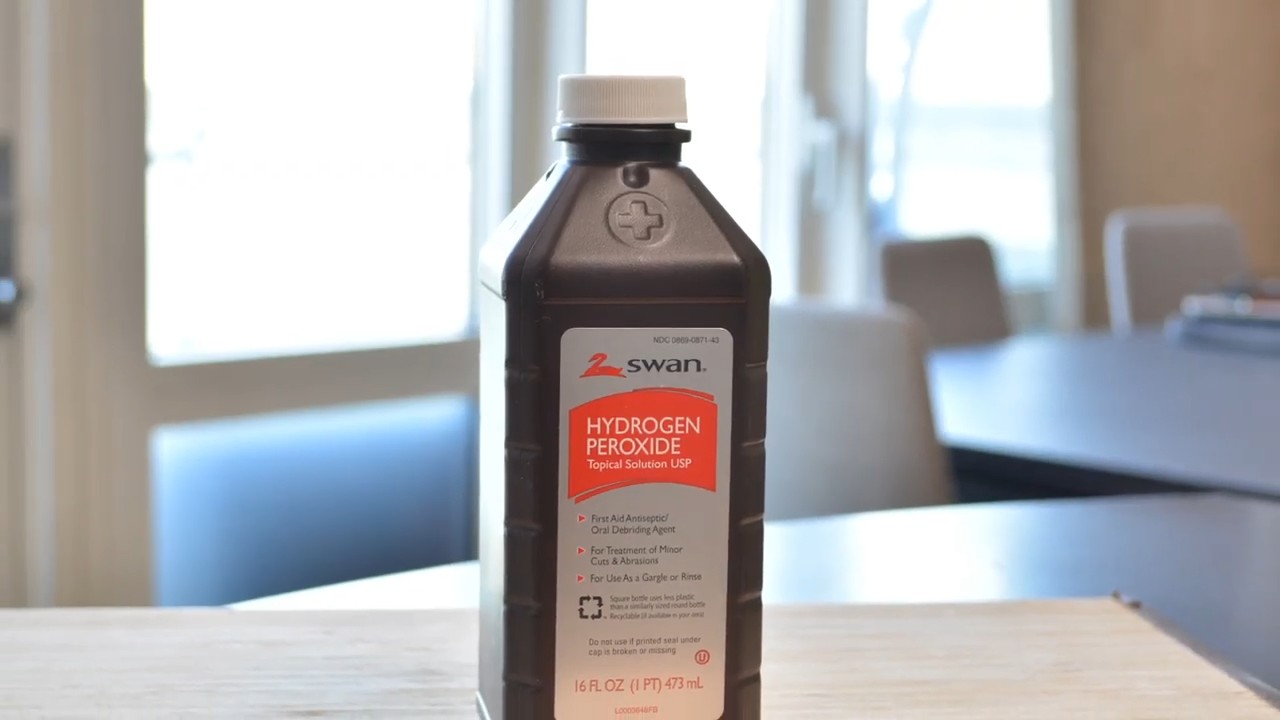
Growing Dill Indoors: A Beginner’s Guide to Fresh Herbs Year-Round
Hey there, fellow herb enthusiasts! Ever dreamt of having fresh dill readily available, no matter the season? Well, you’re in the right place! I’m going to walk you through the process of growing dill indoors, right in your kitchen. It’s easier than you think, and the reward of snipping fresh dill for your favorite recipes is totally worth it.
Choosing the Right Dill Variety
Not all dill is created equal, especially when it comes to indoor growing. Some varieties are simply better suited for containers and limited space.
* ‘Fernleaf’ Dill: This is my personal favorite! It’s a compact variety that doesn’t get too tall, making it perfect for indoor pots. Plus, it’s known for its robust flavor.
* ‘Dukat’ Dill: Another great option, ‘Dukat’ is known for its early maturity and strong aroma. It’s a reliable choice for consistent harvests.
* Consider Dwarf Varieties: Look for any dill variety labeled as “dwarf” or “compact.” These are specifically bred to stay smaller and bushier, ideal for indoor containers.
Gathering Your Supplies
Before we dive into the planting process, let’s make sure you have everything you need. Trust me, having all your supplies ready beforehand will make the whole experience much smoother.
* Dill Seeds: Obviously! Choose a variety that suits indoor growing, as mentioned above. You can find these at most garden centers or online.
* Potting Mix: Don’t use garden soil! It’s too heavy and doesn’t drain well in containers. Opt for a high-quality, well-draining potting mix specifically formulated for containers.
* Container: Choose a pot that’s at least 6 inches deep and wide. Dill has a taproot, so it needs some space to grow downwards. Make sure the pot has drainage holes! This is crucial to prevent root rot.
* Grow Lights (Optional but Recommended): While dill can grow indoors with enough natural light, grow lights will significantly improve your success, especially during the darker months.
* Watering Can or Spray Bottle: For gentle watering.
* Small Shovel or Trowel: For planting the seeds.
* Plant Labels (Optional): To keep track of what you’ve planted, especially if you’re growing multiple herbs.
Planting Your Dill Seeds
Okay, let’s get our hands dirty! This is the fun part.
1. Prepare the Pot: Fill your chosen container with the potting mix, leaving about an inch of space at the top. Gently pat down the soil to remove any large air pockets.
2. Sow the Seeds: Sprinkle the dill seeds evenly over the surface of the soil. You don’t need to bury them too deep; about ¼ inch is perfect. You can sow several seeds per pot, as dill seeds don’t always have a 100% germination rate.
3. Cover the Seeds: Lightly cover the seeds with a thin layer of potting mix.
4. Water Gently: Use a watering can or spray bottle to gently moisten the soil. Be careful not to dislodge the seeds. The soil should be damp but not soggy.
5. Provide Light: Place the pot in a location that receives at least 6 hours of direct sunlight per day. If you’re using grow lights, position them a few inches above the pot and keep them on for 12-14 hours per day.
6. Maintain Moisture: Keep the soil consistently moist but not waterlogged. Check the soil moisture daily by sticking your finger about an inch into the soil. If it feels dry, water it.
Caring for Your Indoor Dill
Now that your dill is planted, it’s time to nurture it and watch it grow! Here’s what you need to do to keep your dill happy and healthy.
* Light: As mentioned earlier, dill needs plenty of light. If you don’t have enough natural light, invest in grow lights. Insufficient light can lead to leggy, weak plants.
* Watering: Dill prefers consistently moist soil, but it doesn’t like to sit in water. Water when the top inch of soil feels dry to the touch. Avoid overwatering, as this can lead to root rot.
* Temperature: Dill thrives in temperatures between 60°F and 70°F (15°C and 21°C). Avoid placing it near drafts or extreme temperature fluctuations.
* Fertilizing: Dill isn’t a heavy feeder, but it will benefit from occasional fertilization. Use a balanced liquid fertilizer diluted to half strength every 2-3 weeks.
* Pinching and Pruning: Once your dill plants are a few inches tall, you can start pinching off the top leaves to encourage bushier growth. This also helps prevent the plants from bolting (going to seed prematurely).
* Air Circulation: Good air circulation is important to prevent fungal diseases. Make sure your dill plants have enough space around them, and consider using a small fan to improve air flow.
Harvesting Your Dill
The best part! Harvesting your own fresh dill is incredibly satisfying.
* When to Harvest: You can start harvesting dill leaves once the plants are about 6-8 inches tall.
* How to Harvest: Use scissors or pruning shears to snip off the leaves. You can harvest individual leaves or entire stems.
* Harvesting for Seeds: If you want to harvest dill seeds, allow some of the plants to flower. Once the flowers dry and turn brown, you can collect the seeds.
* Regular Harvesting Encourages Growth: Don’t be afraid to harvest! The more you harvest, the more the plant will produce.
Troubleshooting Common Dill Problems
Even with the best care, you might encounter a few challenges along the way. Here are some common problems and how to address them.
* Yellowing Leaves: This could be a sign of overwatering, underwatering, or nutrient deficiency. Check the soil moisture and adjust your watering accordingly. If the problem persists, try fertilizing with a balanced liquid fertilizer.
* Leggy Growth: This is usually caused by insufficient light. Move your dill plants to a brighter location or supplement with grow lights.
* Powdery Mildew: This fungal disease appears as a white, powdery coating on the leaves. Improve air circulation and avoid overhead watering. You can also treat powdery mildew with a fungicide specifically formulated for herbs.
* Aphids: These tiny pests can suck the sap from your dill plants. You can control aphids by spraying them with a strong stream of water or by using insecticidal soap.
* Bolting (Premature Flowering): Dill tends to bolt in hot weather. To prevent bolting, keep your dill plants well-watered and provide them with some shade during the hottest part of the day. Pinching off the flower buds can also help delay bolting.
Extending Your Dill Harvest
Dill is an annual herb, meaning it completes its life cycle in one growing season. However, you can extend your dill harvest by following these tips:
* Succession Planting: Sow new dill seeds every few weeks to ensure a continuous supply of fresh dill.
* Overwintering: In mild climates, you may be able to overwinter dill plants indoors. Cut back the plants in the fall and provide them with plenty of light and water.
* Seed Saving: Save seeds from your best dill plants to grow next year.
Using Your Fresh Dill
Now that you have a bountiful supply of fresh dill, it’s time to put it to good use! Here are just a few ideas:
* Add it to dips and sauces: Dill is a classic addition to creamy dips, yogurt sauces, and vinaigrettes.
* Sprinkle it on fish and vegetables: Dill pairs perfectly with salmon, cucumbers, potatoes, and other vegetables.
* Use it in soups and stews: Dill adds a fresh, herbaceous flavor to soups and stews.
* Make dill pickles: Fresh dill is essential for making delicious homemade pickles.
* Garnish your dishes: A sprig of fresh dill makes a beautiful and flavorful garnish.
Growing dill indoors is a rewarding experience that allows you to enjoy fresh herbs year-round. With a little care and attention, you can have a thriving dill plant right in your kitchen. Happy growing!
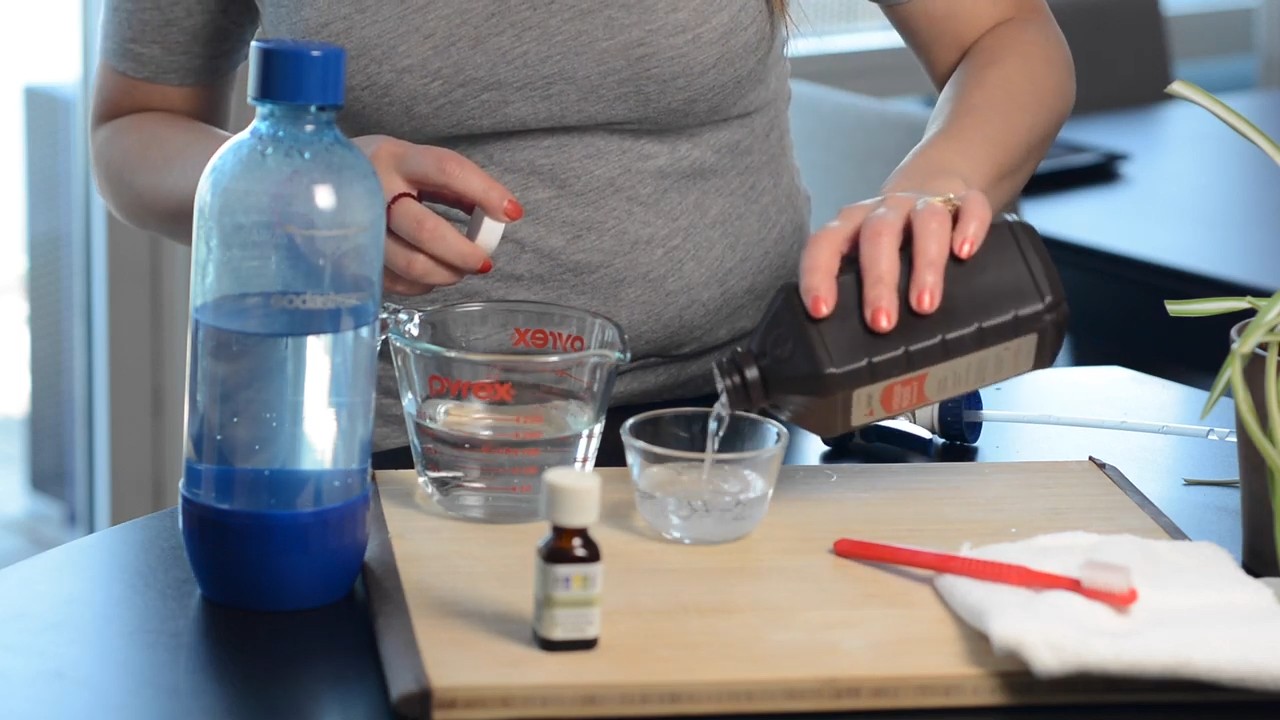
Conclusion
So, there you have it! Growing dill indoors is not only achievable, but it’s also a remarkably rewarding experience. Imagine having fresh, fragrant dill readily available, no matter the season, to elevate your culinary creations. Forget those sad, wilted bunches from the grocery store – with a little effort, you can cultivate your own thriving supply of this versatile herb right in your kitchen.
This DIY trick isn’t just about convenience; it’s about control. You get to dictate the growing conditions, ensuring your dill is free from harmful pesticides and bursting with flavor. Think of the possibilities! Fresh dill sprigs sprinkled over creamy potato salad, infused into homemade pickles, or stirred into a vibrant tzatziki sauce. The possibilities are truly endless.
But the benefits extend beyond the kitchen. Nurturing a small herb garden indoors can be incredibly therapeutic. The simple act of tending to your plants, observing their growth, and enjoying their aroma can be a welcome respite from the stresses of daily life. Plus, the vibrant green of the dill adds a touch of natural beauty to your home.
Don’t be afraid to experiment! While we’ve outlined the basic steps for successfully growing dill indoors, there’s always room for personalization. Try different varieties of dill to discover your favorite flavor profile. Explore different potting mixes to find what works best for your growing environment. Consider using grow lights to supplement natural sunlight, especially during the darker winter months. You could even try companion planting, placing your dill alongside other herbs or vegetables that thrive in similar conditions.
For example, if you’re short on space, consider a vertical herb garden. This is a fantastic way to maximize your growing area and add a visually appealing element to your home. Or, if you’re looking for a more sustainable approach, try composting your kitchen scraps to create nutrient-rich soil for your dill plants.
We’ve found that consistently monitoring the moisture levels in the soil is crucial for success. Dill prefers consistently moist soil, but avoid overwatering, which can lead to root rot. A good rule of thumb is to water when the top inch of soil feels dry to the touch. Also, remember to rotate your dill plants regularly to ensure they receive even sunlight exposure on all sides. This will help prevent them from becoming leggy and weak.
Ultimately, the key to successfully growing dill indoors is patience and observation. Pay attention to your plants, learn their needs, and adjust your care accordingly. Don’t be discouraged if you encounter challenges along the way – every gardener faces setbacks. The important thing is to learn from your mistakes and keep experimenting.
So, what are you waiting for? Gather your supplies, follow our simple steps, and embark on your own indoor dill-growing adventure. We’re confident that you’ll be amazed by the results. And once you’ve harvested your first batch of fresh dill, be sure to share your experience with us! We’d love to hear your tips, tricks, and favorite ways to use your homegrown herb. Share your photos and stories on social media using [Your Hashtag] – let’s inspire others to discover the joy of growing dill indoors! We can’t wait to see what you create!
Frequently Asked Questions (FAQ)
1. What is the best time of year to start growing dill indoors?
You can start growing dill indoors at any time of year! Unlike outdoor gardening, indoor growing allows you to control the environment, so you’re not limited by seasonal changes. However, if you’re starting from seed, you might find it easier to germinate them in the spring or summer when natural light levels are higher. If you live in a region with very short days during the winter, consider using a grow light to supplement the natural sunlight and ensure your dill plants receive enough energy for healthy growth.
2. What kind of pot and soil should I use for growing dill indoors?
Choose a pot that is at least 6 inches deep and has drainage holes. Dill needs room for its roots to grow, and proper drainage is essential to prevent root rot. Terracotta pots are a good option because they allow the soil to breathe, but plastic pots work just as well. As for soil, use a well-draining potting mix specifically formulated for herbs or vegetables. Avoid using garden soil, as it can be too heavy and compact for indoor containers. You can also amend your potting mix with perlite or vermiculite to improve drainage and aeration.
3. How much sunlight does dill need when grown indoors?
Dill requires at least 6 hours of direct sunlight per day. Place your dill plants near a sunny south-facing window if possible. If you don’t have enough natural light, supplement with a grow light. LED grow lights are energy-efficient and provide the full spectrum of light that plants need to thrive. Position the grow light a few inches above the dill plants and keep it on for 12-14 hours per day.
4. How often should I water my indoor dill plants?
Water your dill plants when the top inch of soil feels dry to the touch. Avoid overwatering, as this can lead to root rot. When you water, water thoroughly until the water drains out of the drainage holes. Allow the excess water to drain away completely. During the warmer months, you may need to water more frequently than during the cooler months. Check the soil moisture regularly and adjust your watering schedule accordingly.
5. How do I harvest dill from my indoor plants?
You can start harvesting dill leaves once the plants are about 6 inches tall. Use scissors or pruning shears to snip off the leaves as needed. Avoid removing more than one-third of the plant at a time, as this can stress the plant and slow down its growth. You can also harvest the dill seeds once the flower heads have dried and turned brown. Simply cut off the flower heads and allow them to dry completely before separating the seeds.
6. My dill plant is getting leggy and falling over. What should I do?
Leggy growth is often a sign that your dill plant isn’t getting enough light. Move it to a sunnier location or supplement with a grow light. You can also prune the leggy stems to encourage bushier growth. Use clean scissors or pruning shears to cut back the stems to just above a leaf node. This will encourage the plant to produce new growth from the node. Also, ensure that the plant is getting adequate support. You can use small stakes or a trellis to help support the stems and prevent them from falling over.
7. Can I grow dill from seed indoors?
Yes, you can easily grow dill from seed indoors. Start by sowing the seeds in a seed-starting tray or small pots filled with seed-starting mix. Keep the soil moist and warm, and the seeds should germinate within 7-14 days. Once the seedlings have developed a few sets of true leaves, you can transplant them into larger pots.
8. What are some common pests and diseases that affect dill plants grown indoors?
Common pests that can affect dill plants include aphids, spider mites, and whiteflies. Check your plants regularly for signs of infestation, such as sticky residue, webbing, or tiny insects on the leaves. If you find pests, you can try spraying the plants with insecticidal soap or neem oil. Overwatering can lead to fungal diseases such as root rot. Ensure that your dill plants have good drainage and avoid overwatering.
9. Can I dry or freeze dill for later use?
Yes, you can dry or freeze dill to preserve it for later use. To dry dill, simply hang the stems upside down in a cool, dry place until the leaves are completely dry. You can also use a dehydrator to dry the dill more quickly. Once the dill is dry, store it in an airtight container in a cool, dark place. To freeze dill, chop the leaves and place them in ice cube trays filled with water or olive oil. Once the cubes are frozen, transfer them to a freezer bag or container. You can then add the frozen dill cubes to soups, stews, and other dishes as needed.
10. Is growing dill indoors worth the effort?
Absolutely! Growing dill indoors provides you with a constant supply of fresh, flavorful dill, regardless of the season. It’s a rewarding and therapeutic hobby that can enhance your culinary creations and add a touch of natural beauty to your home. Plus, you have complete control over the growing conditions, ensuring that your dill is free from harmful chemicals and pesticides. So, give it a try – you might just discover your new favorite indoor gardening project!

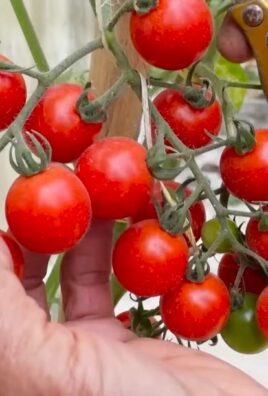
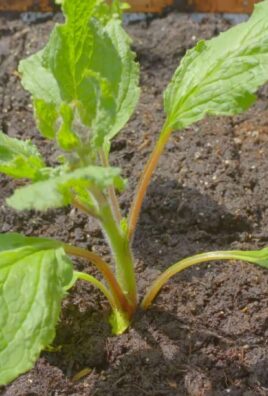
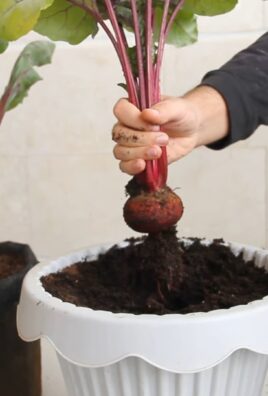
Leave a Comment